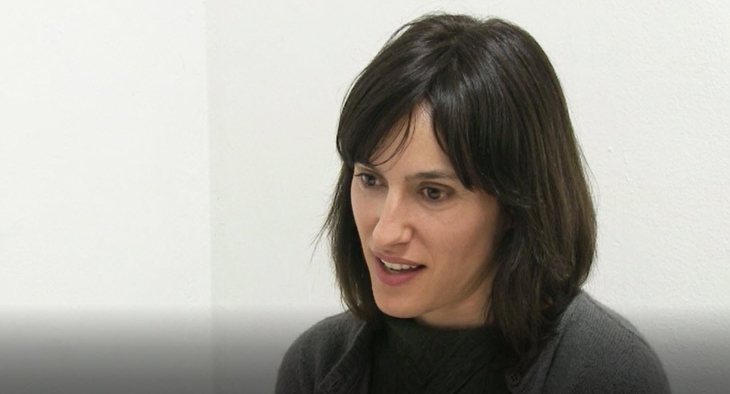TIP:
It is very important to be familiar with the three parts of the speaking test and know what is expected of you in each part.

In this group of exercises you will review the structure of the speaking test.
It is very important to be familiar with the three parts of the speaking test and know what is expected of you in each part.
1. An overview.
Look at the table summarising the structure of the speaking test. Select the sentence with the correct description to complete the table.
Sentence 1
The candidate speaks for one to two minutes on a particular topic (from a written
task card with content prompts). The examiner asks one or two questions to round
off the long turn.
Sentence 2
The examiner and candidate have a discussion, using questions relating to the
topic in Part 2.
Sentence 3
Introductions and confirmation of the candidate’s identity. The examiner
asks the candidate questions from familiar topic frames.
2. Test assessment.
The IELTS speaking test is assessed according to four criteria:
Read the descriptions. Which criterion do they refer to?
3. Different speech functions.
The assessors use descriptors for each of these criteria which are provided across nine bands. They award a subscore on each criterion and the four subscores are averaged to provide a final score (from 0 to 9) for speaking. Each of the subscores is valued equally.
For example:
| Fluency and coherence | 5 |
| Lexical resource | 6 |
| Grammatical range and accuracy | 6 |
| Pronunciation | 6 |
| FINAL SCORE | 5.5 |
The speaking test is designed to test your ability in a variety of speech
functions. Some of these include:
Look at the examples of speech below and choose the correct speech function.
4. The structure of the test.
It is essential that you are familiar with the structure of the speaking test as a whole and also with the kind of interaction that will take place in each part of the test.
Look at the short dialogues below. Select the part of the test that they correspond to.
5. The three parts of the speaking test.
Watch short extracts of different candidates. Which part of the speaking test are they taken from?

In this group of exercises you will watch different candidates during Part 1 of the speaking test.
Candidates generally score lower in the speaking test than they do in the other tests. For this reason, it is important to be prepared and not be anxious about taking the speaking test.
Seeing how different candidates approach the speaking test will help you to become more familiar with the format of the test and can also give you ideas on what to speak about.
All speaking tests are recorded. This is done to make sure evaluation is standardised and also for candidates who ask for their test to be reassessed.
During the test you will see the examiner taking notes. These notes are only about the timing of the three parts. They are not about your performance.
1. During the speaking test.

What is good behaviour during the speaking test? Check that you understand the following.
| face someone | nod | sit still |
Now put the phrases in the correct column.
2. Short extracts: Part 1 of the speaking test.
Now you will see short the extracts of Part 1 of the speaking test without sound. Watch how the candidates sit and move. Tick the sentences below which are true.
4. Teresa.
Watch this candidate during Part 1 of the speaking test and mark the statements true or false.
5. The examiner's questions.
The examiner is asking Teresa about her hometown. Put the following questions in the order that you expect the examiner to ask them.
6. Marina.
It's important to give complete answers to the examiner's questions in Part 1 of the test. Watch how this candidate expands on her answers by giving extra information. Put the information for each question in the order that she says it.
Question 1: Do you work or study?
Question 2: How did you get your job?
Question 3: Do you enjoy your job?
Question 4: Where do you see yourself in two years' time?
Question 5: What job would you like to do in the future?
Watch the video again. Turn on and read the subtitles.